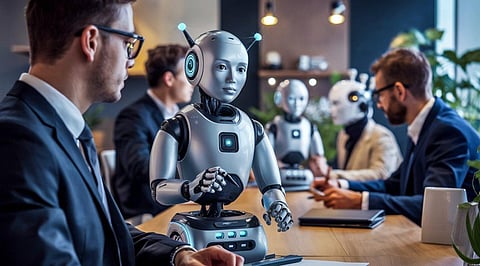
Spatial computing digitally enhances the physical world with technologies such as augmented reality and virtual reality. The use of spatial computing will increase organizations’ effectiveness in the next five to seven years through streamlined workflows and enhanced collaboration. By 2033, Gartner predicts spatial computing will grow to US$1.7 trillion, up from US$110 billion in 2023.
